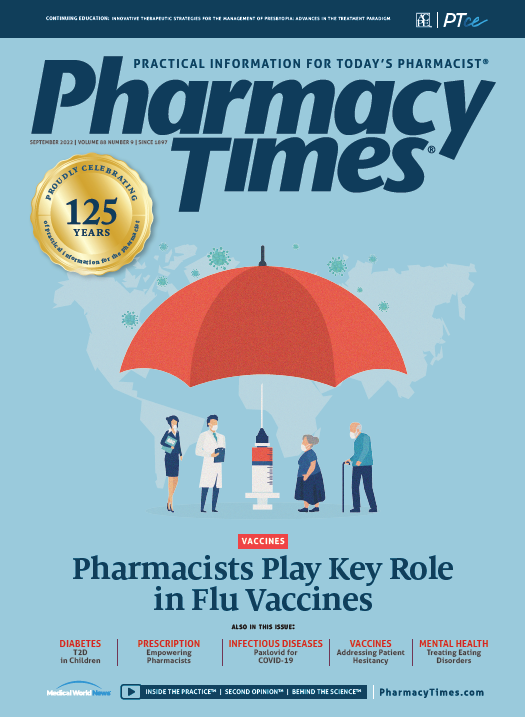Publication
Article
Pharmacy Times
Consumers Overpay for Generic Alternatives, Study Results Show
Author(s):
USC Analysis: although generics save US health care systems billions, PBMs jack up prices for employers, government, and patients.
Although generic drugs save the overall US health care system an estimated $330 billion a year, consumers, employers, and the government are all overpaying for these drugs because pharmacy benefit managers (PBMs) increase prices to maximize profits, according to a new study by the Schaeffer Center for Health Policy and Economics at the University of Southern California.
In 2020, generics accounted for 90% of US prescriptions but only 18% of drug expenditures, and about 3% of all health care spending, study results show.
Although only 4% of US prescriptions in 2020 were bought in cash, 97% were for generics.
Patients typically don’t reap the full benefit of generic drugs because of the profits realized by PBMs and insurers. Investigators said that patients are affected by co-pay clawbacks, spread pricing, and profit-oriented formulary designs.
When the co-pay of commercially insured patients exceeds the total cost of the generic medication it is known as a co-payment clawback.
Price spreading happens when a PBM charges one price to a pharmacy and another to the health plan, but neither knows what the other paid. This allows PBMs to hide the cost from both parties.
Formularies also tend to prefer branded medications because they bring in more lucrative manufacturer rebates, but these drugs are not necessarily offered at a lower price for the consumers, employers, or government. Pharmaceutical manufactures often pay a rebate to insurers or PBMs, which is why third parties often push brand-name medications over generics.
According to the investigators, the problems can be addressed via policies that improve the PBM market and policies that regulate PBM commercial practices.
One viable option is to restrict rebate contracting, which can remove the incentive for insurers and PBMs to cover branded medications rather than generic ones. In addition, requiring that generics be placed on formulary tiers could reveal the total cost to the health system, they said, and steer patients toward lower cost formularies.
Requiring transparent PBM reporting and contracts with fixed fees would also help regulate the generic drug market. Such reporting would allow regulators to see where the money goes in generic drug transactions.
Requiring PBM contracts would eliminate the incentive for PBMs to push higher-cost drugs over lower-cost ones.
As for policies to improve the market, investigators suggested PBMs be reexamined from an antitrust perspective to reduce their concentration in horizonal market segments.
They also proposed imposing a fiduciary duty on insurers and PBMs to act in the best interests of consumers, not shareholders, and giving audit rights to employers and government purchasers so they can ascertain the price insurers and PBMs pay pharmacies.
Finally, investigators suggested encouraging transparent pass-through PBM models and a competitive, transparent cash market for low-cost generic drugs.
The first would mean that PBMs would have to disclose actual costs to clients, pass discounts and rebates received on to insurers, and earn revenue by charging carriers flat administrative fees for each prescription.
A competitive generic drug market would require that pharmacies be protected from PBMs’ inflating prices and that alternative systems be implemented for tracking adherence, drug interactions, and other elements of care for individuals who pay cash.
Reference
Trish E, Van Nuys K, Popovian R. US consumers overpay for generic drugs. Schaeffer Center White Paper Series. May 31, 2022. Accessed August 18, 2022. doi:10.25549/m589-2268







